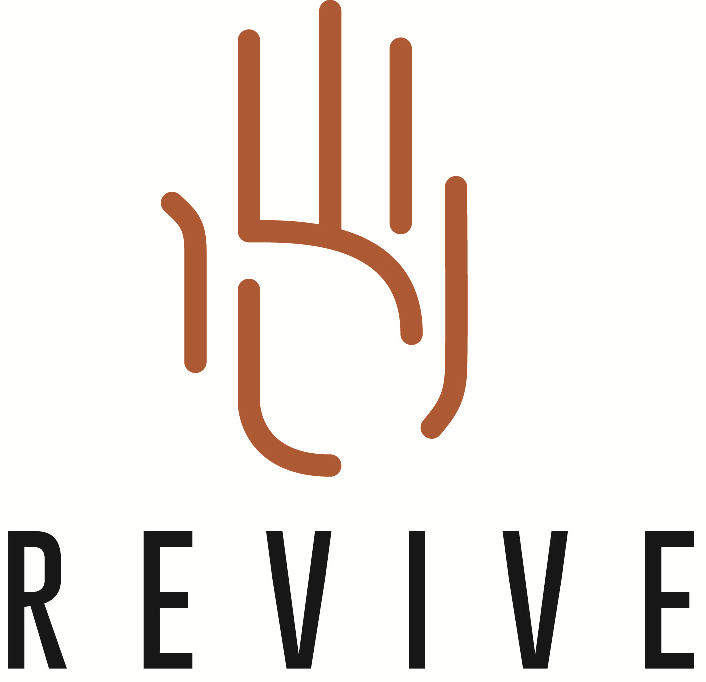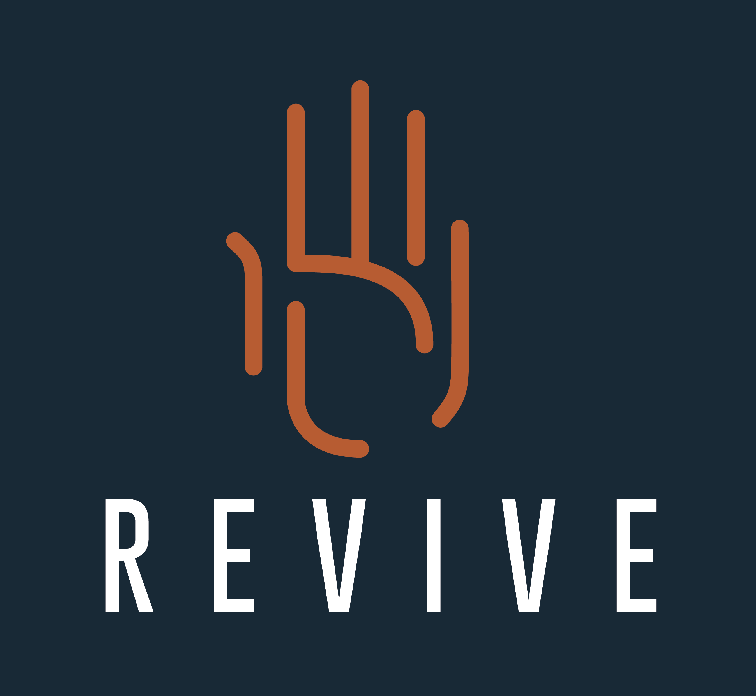Osteoarthritis
Osteoarthritis is a joint disease mainly affecting cartilage in in the joints and is the most common type of arthritis in elderly people with 1 in 2 people over the age of 65 having one or more joints with the disease.
The function of bone is to provide support to the limbs and provide a surface shape for joints. e.g ball and socket joint.
Other anatomical names that are related to osteoarthritis that we may be familiar with include:
- Muscles – move or stabilize a joint and can attach over one joint or over two joints.
- Tendons – attach muscle to bone.
- Ligaments – attach bone to bone and are very strong, strong enough to shear a piece of bone off.
- Cartilage – absorbs shock and lubricates joints via the synovial membrane which when stimulated produces lubrication in form of synovial fluid. Synovial membrane is normally a shiny surface but in cases of osteoarthritis the membrane becomes worn and uneven.
Rheumatoid arthritis is the second most common type of arthritis. It can be contrasted due to its tendency to affect other parts of the body such as internal organs. RA begins at a younger age, causes swelling and redness and may make people sick or tired.
How does osteoarthritis affect people’s lives?
Osteoarthritisis not only painful but also has financial implications, such as the cost of treatment and loss of income as well as other lifestyle implications such as higher risk of depression and anxiety as well as job limitations and reduced participation in everyday activities.
What causes osteoarthritis ?
Scientists don’t really know what triggers osteoarthritis. It is usually a slow progression, possibly starting with pain after working or exercise, then becoming more constant.
What might contribute to osteoarthritis ?
Ageing (uncontrollable), weight, joint injuries, stress due to repetitive job or high impact thru joints and genetic make-up all combine to contribute to osteoarthritis . Your joints health relies on the maintenance of good range of motion and strength around your joint. Without these things it is likely that you will have degeneration at a rate faster than necessary. Your physiotherapist can diagnose which muscles need strengthening and assist you with improving joint range of movement to ensure your risk factors for Osteoarthritisis reduced.

